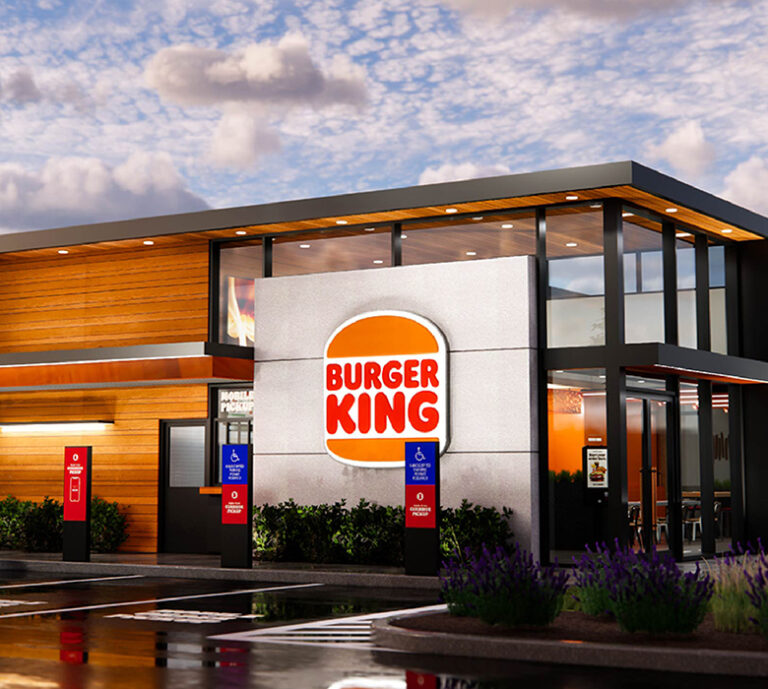As the lines between channels blur, companies are rethinking how to redesign stores — a task that will require a new level of flexibility and agility.
That’s according to design firm ChangeUp’s director of strategic partnerships Tom Kowalski, who discussed the “Top Five Remodeling Trends” at Chain Store Age’s SPECS conference August 22-24, at the Gaylord National Resort & Convention Center, National Harbor, Md.
As retailers plan their store remodels, there are several key factors to prioritize, including the need to bridge physical and digital retail operations and to look beyond merchandise to make customer connections, according to Kowalski.
Chain Store Age spoke with Kowalski about how physical stores are evolving in this new era of retail.
What impact are current retail shifts having on the evolution of the physical store?
More than ever, retailers are forced to consider the totality of the customer journey and the role that physical stores play in it. Brands must implement a holistic ecosystem, where online and in-person [experiences] are no longer two separate entities.
The current landscape has set up an environment where brands must bridge the gap between their digital and physical offerings in order to be successful. We’re seeing this now with the expansion of buy-online-pickup-instore (BOPIS), increased curbside amenities, personalized offerings and so much more. Shoppers still want physical retail experiences, but you must give them incentives to get out.
How is the role of experiential retail changing store remodeling plans?
Retail spaces can no longer survive with just merchandise. The role of experiential retail is to provide amenities within your physical space that customers could not experience online. Remodeling plans have to consider that stores now have to be even more flexible and adaptable in order to retrofit new types of experiences that will celebrate and differentiate their brands.
How are retailers balancing design elements and technology innovations to drive experiences?
At the end of the day, technology and design should improve the experience for the customer. It’s not about trying to force solutions. It’s about what’s right for the brand and creating better experiences that are relevant to the target customer. Technology and design should also be considered across every touchpoint so that there’s consistency across all brand experiences.
Can you explain the importance of shifting design “prototypes” to “platforms?”
Retailers can no longer think of their spaces as prototypes that will be updated every five-to-10 years. Now, the retail store should be thought of as a platform for your brand. Brick-and-mortar touchpoints are the most immersive, sensory, experiential places for brands to connect with customers. “Platforms” move beyond the merchandise and transaction to create a more flexible and branded hub that enables deeper connections, solutions and experiences beyond what a traditional store used to provide.
What’s the best advice you can give retailers to stay successful in this new era of retail?
Invest in your brand and experience! Resources that used to be dedicated to “old school retail” should now be reallocated to investing in solutions like loyalty-building features, service culture, and intuitive digital integration. Brick-and-mortar stores are the place where customers can be immersed in the brand and its most compelling physical aspects. That immersion opens up more opportunities to make lasting, emotional connections.



